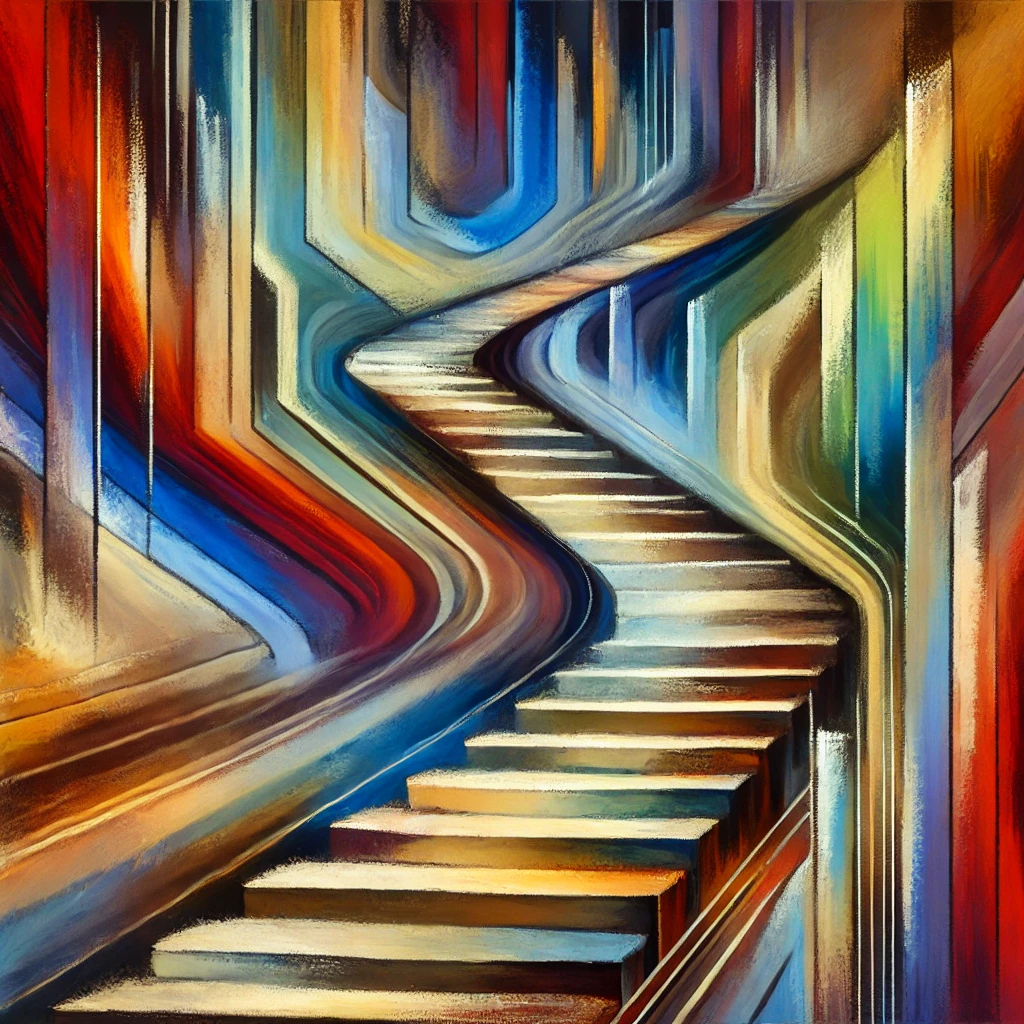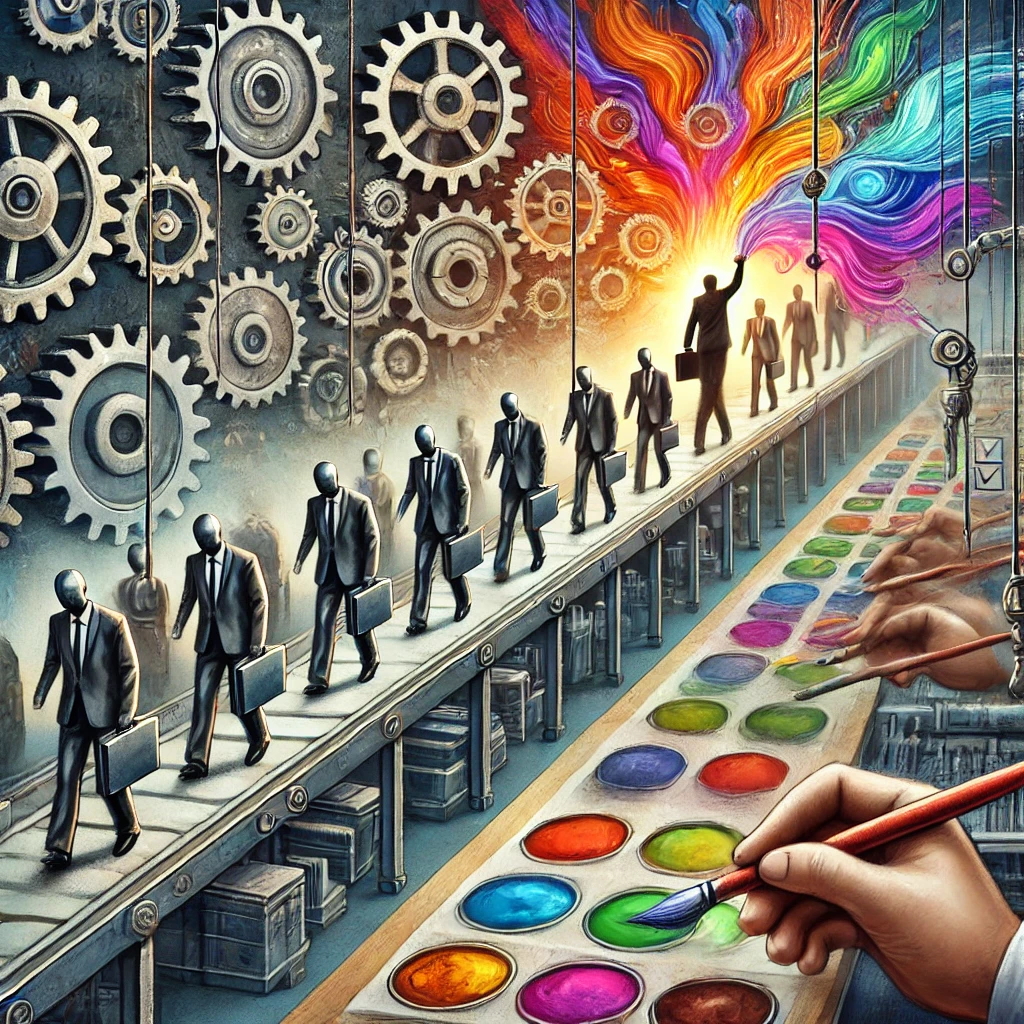Are We There Yet?
Wait for it…. Are you patient?
We have a strange relationship with patience. We’re told patience is a virtue – that the ability to calmly wait for something without becoming upset is a trait of a good person.
But we’re also taught that impatience is a motivator to innovation. We applaud entrepreneurs who invent better ways to do things because they couldn’t accept the inefficient processes required to complete some task.
When you’re asked to have patience, you know you’re being asked to tolerate some discomfort.
“All our operators are busy; we appreciate your patience.”
“You’ve met all the requirements for the promotion, but we’re not ready to promote you yet. Be patient.”
“I know you want to get back to normal. Now is not the time. Be patient.”
So, is patience just an attitude? A tolerance for discomfort?
Of course not.
Patience isn’t just waiting for things to get better. It’s not a psychological game of grin and bear it. It’s not suppression.
Patience is a power, an art, that gives you an advantage when practiced well.
Buddhists speak of patience as kshanti, which is a combination of patience (sitting through discomfort), forbearance (restraint), and forgiveness. In this idea, patience is the art of knowing that things will change – but not knowing how or when – and being OK with living in the wonder of the question. Put simply: Patience is the art of knowing how to wait.
A week or so ago, I was speaking with a marketing executive who was getting antsy about his ability to get things moving with his team. The current crisis (and directives from senior management) compelled him to wait. But waiting was making him impatient and angry.
I suggested he ask himself two questions. The first was whether he’s emotionally holding onto something that waiting would make less likely (preconceived growth goals that waiting would make less achievable, for example). The second question was whether there are activities during the waiting period for which he isn’t fully present.
People get angry when they’re attached to things that are becoming less likely. Often, that makes them less present for tasks happening in the meantime.
Put simply: It can be really hard to enjoy the book you’re reading in the waiting room when your doctor is running 90 minutes late for your appointment.
You have choices.
You can let go of the thing you’re holding onto, or you can tighten your grasp. You can choose to be more present in activities that occur during “the wait” or you can choose to not be.
Making these choices can range from incredibly easy to extraordinarily difficult. Choosing to let go of your desire to eat at exactly 7:30 p.m. and be more present in the tutorial you’re working through instead of being angry at the pizza delivery that’s late is relatively easy. Letting go of your attachment to your current role as your impatience grows for your boss to promote you is difficult.
The critical piece is giving yourself the gift of time to wait, contemplate, and let go. Yes, practicing the art of patience actually requires patience.
As with any artistic endeavor, practice is what makes us better. Start with something small. Give that new TV show more than thirty seconds before you pick up your phone. Resist judging that white paper for an hour after you’ve read it. If your food delivery is late, put 100% of your presence on something else while you wait.
Take a moment to allow things to be unresolved.
Patience isn’t waiting in the absence of action. It’s using the wait to better understand how to act.
It’s your story. Tell it well.





